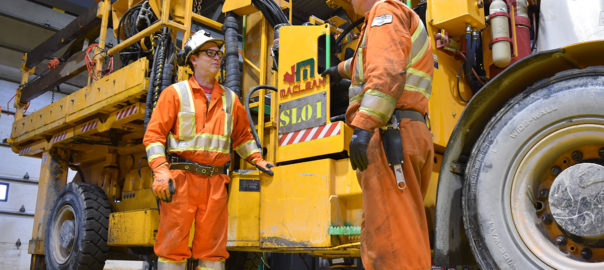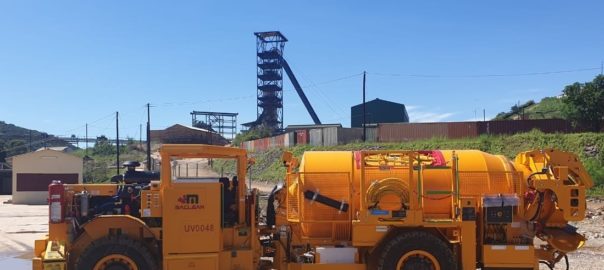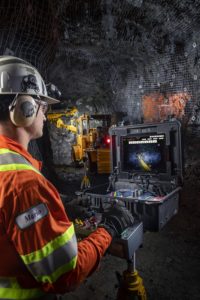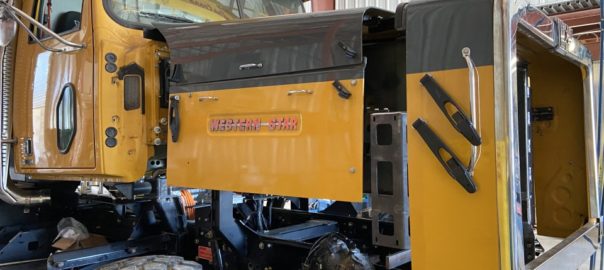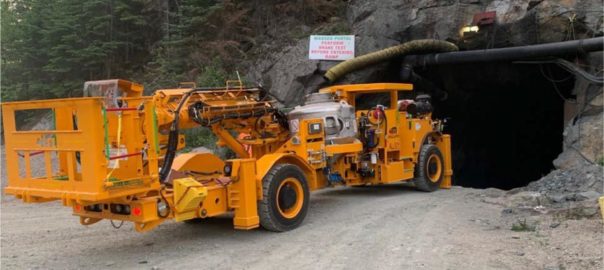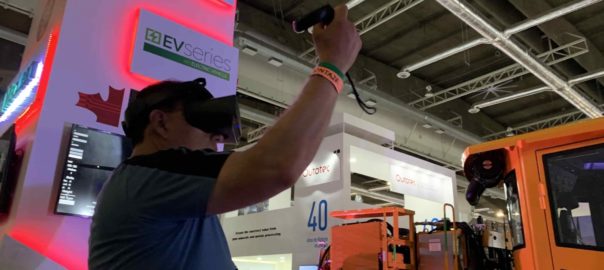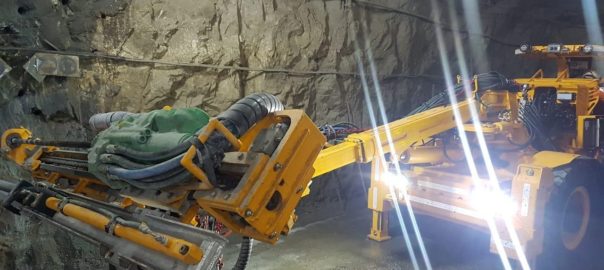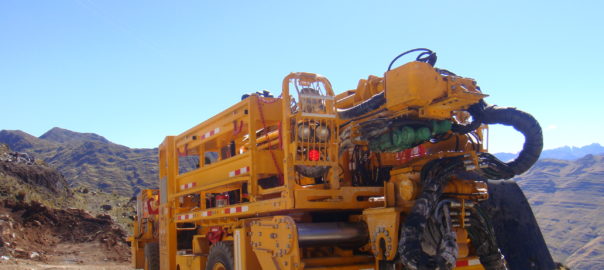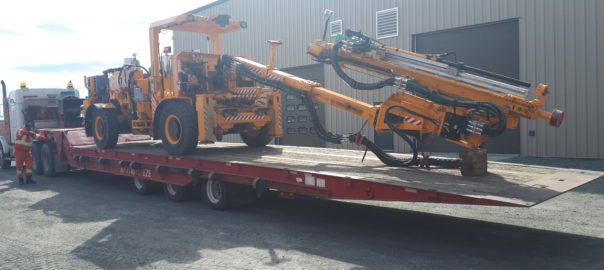Canada’s MacLean Engineering is partnering with Sudbury’s Cambrian College to support skills and technology development for the “electric, automated, and digitalised mine of today and tomorrow”.
The MacLean Research and Training Facility in Greater Sudbury, Ontario, is set to host the practical component of Cambrian’s Industrial Battery Electric Vehicle Maintenance Course. Cambrian’s curriculum, developed in part with MacLean technical input, is designed for Heavy Duty technicians currently working in the mining sector.
In addition to delivering corporate training courses, Cambrian’s Centre for Smart Mining is also the only federally recognised Technology Access Centre specific to the mining technology sector, with funding to support technology development and acceleration, MacLean says. As such, the Cambrian-MacLean strategic skills and technology partnership will focus both on the training of heavy duty mechanics to support battery electric vehicle (BEV) fleets, as well as supporting the development of the next generation of mechatronics workers in the mining industry by providing Cambrian students with the opportunity to work directly with the MacLean Advanced Vehicle Technology team based out of the company’s Research and Training Facility.
Stella Holloway, General Manager for Northern Ontario Operations at MacLean, said: “Practical training for BEV mechanics and applied research opportunities for the next generation of mechatronics professionals to facilitate the adoption of on-vehicle technology – these are concrete examples of MacLean leveraging its test decline in Greater Sudbury to make a difference in the industry.
“This is a chance for us to walk the talk when it comes to ramping up our research and training facility to actively support long-term, positive change in mining and I’m thrilled that we’re doing this in partnership with Cambrian.”
Stephen Gravel, Manager of Cambrian’s Centre for Smart Mining, added: “Successful innovation depends on great collaboration, and I think this partnership with MacLean is a perfect example. No single educational institution or company can drive change entirely on its own, but rather it’s a spirit of cooperation that will help us drive innovation in mining of the 21st century and that’s why I’m confident we’ll succeed.”







